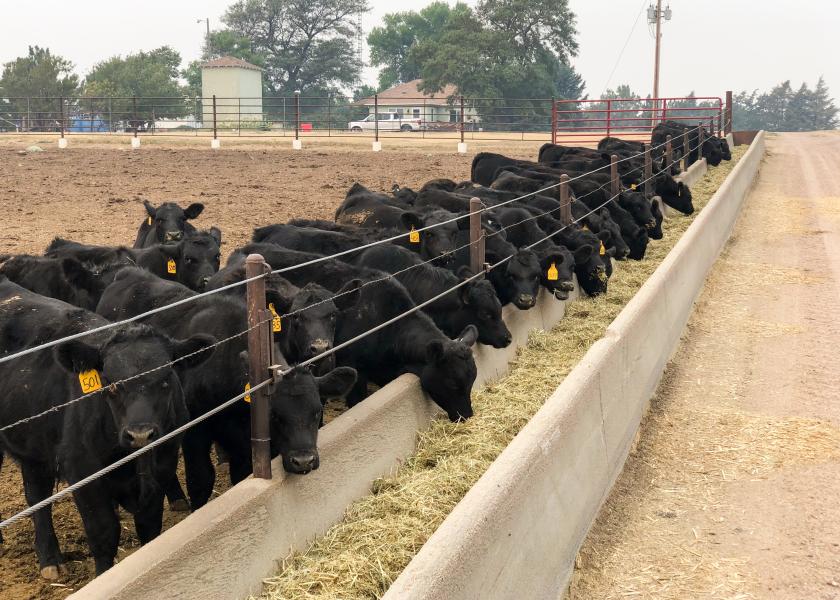Capturing More of Your Calves’ Value with Preconditioning

Why should buyers at cattle auctions pay $10 to 15/cwt premiums for the best cattle that have received the best management, if they can get the same thing at commodity prices?
Kellie Raper and Derrell Peel have been comparing prices of preconditioned (uncertified), certified preconditioned, and un-preconditioned calves at Oklahoma livestock auctions for several years. The results from 2021 showed calves in the Oklahoma Quality Beef Network, a certified preconditioning program supported by the Oklahoma Cooperative Extension Service and Oklahoma Cattleman’s Association, had average premiums of $14.70/cwt for steers and $15.19/cwt for heifers.
Premiums were as high as $24.53/cwt for 4-weight steers, but even 7-weight steers received average premiums of $13.42/cwt. Often calves in these certified preconditioning programs bring substantial premiums ($5 to 15/cwt) over calves that are preconditioned without certification, this is because cattle announced to ‘have all their shots’ are an unknown commodity unless the seller’s reputation is known by buyers.
Our customers (stocker operators and feedlots) want matched sets of calves that are weaned, castrated, dehorned, familiar with water and feed sources and able to resist disease challenges. Calves need to have a sound, balanced nutritional program and be free from internal parasites in order to have an immune system fit enough to withstand the marketing and transportation channels of our beef production system.
Preconditioning calves before marketing reduces shrink because the stress of separation from the dam has already occurred and calves are familiarized with handling and feed and water sources. Weaning is stressful and calves are often unfamiliar with water and feed locations, so may refuse to eat or drink even when feed and water are offered. Un-weaned bawling calves transported directly to the auction market will have massive weight losses through the marketing channels with shrinks often reaching 10 to 15%, opening increased risk to succumbing to disease. Preconditioned calves shrink much less when handled properly, we have commonly seen shrinkage of only 2 to 5% in preconditioned calves.
Buyers are seeing the benefits of preconditioning. Research comparing receiving performance and health of preconditioned calves versus commodity calves purchased from an auction market showed preconditioned calves gained more and were heavier than auction market calves at the end of the receiving period. Preconditioning decreased bovine respiratory disease by 90% and antibiotic costs of un-preconditioned auction market was increased 8-fold.
The Oklahoma Quality Beef Network (OQBN) Vac-45 program is one example. The OQBN Vac-45 program requires:
- The calves must be weaned for 45 days or longer.
- The calves must be ranch raised (not purchased and put together).
- Bull calves must be castrated and healed.
- Calves must be dehorned and healed.
- Calves must be identified with OQBN ear tag.
- Calves must have been vaccinated in accordance with preset protocols
Paul Vining, the new coordinator of the OQBN program shares details about upcoming special sale dates on SunUp TV. https://www.youtube.com/watch?v=DAPD4nV-sUc
For more details and to enroll in the OQBN program go to www.oqbn.okstate.edu







